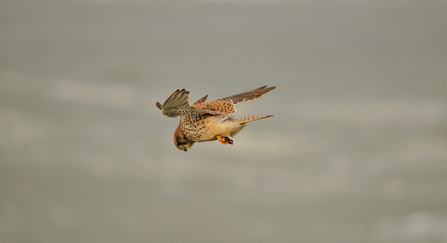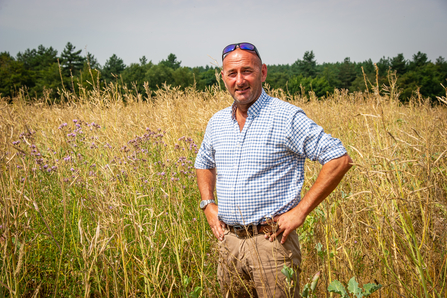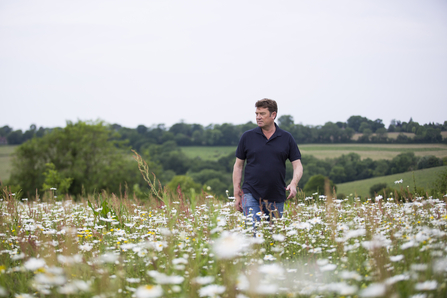While the rumble of the combine harvester, tractor and baler continues all day and may not stop until well beyond dusk, we are hugely grateful for the wide range of wildlife the dedicated growers have supported on their farms: from silver-washed fritillary butterflies and mining bees to field vole and mice to barn owls and kestrels.
The Jordans’ farmers are not just stewards of the land creating food to feed whole communities; they are custodians of nature, creating vibrant ecosystems that support a rich diversity of wildlife. Together these growers manage more than 4,200 hectares of land for wildlife, including sa776 kilometres of hedgerows and 548 hectares of field margins. These growers exemplify what it means to farm in harmony with the nature.
At the heart of this partnership is a commitment to sustainable farming practices that benefit both the land and restore wildlife. The growers, with the guidance of their local Wildlife Trust farm advisors, work tirelessly to create and maintain hedgerows, establish wildflower margins and restore waterways—all of which are essential for wildlife and contribute to the health of the environment and the success of their farms.




